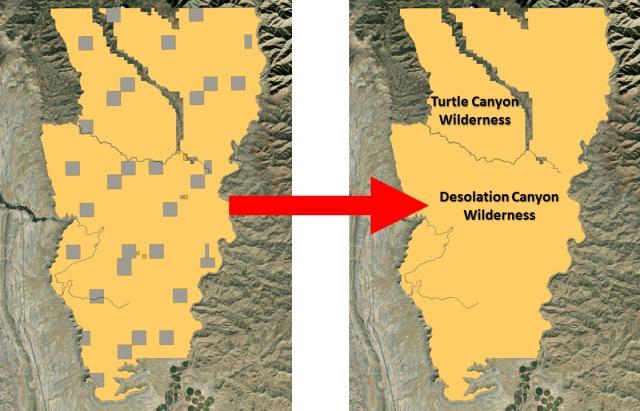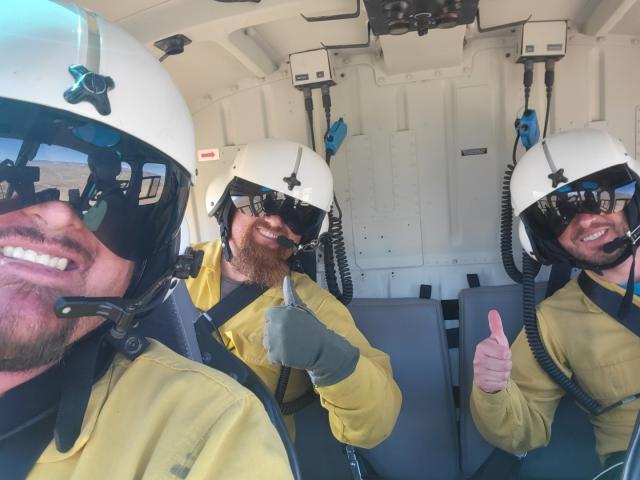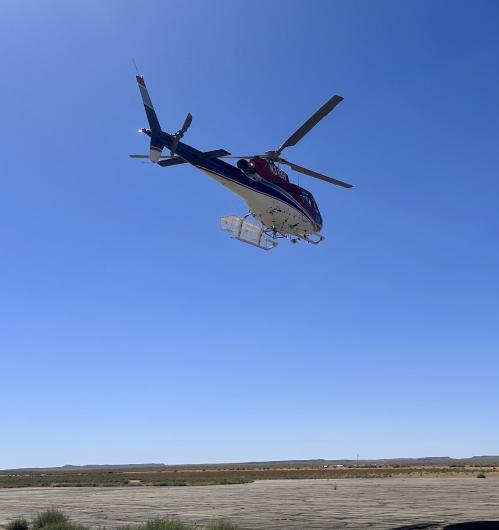Related Stories
- BLM hosts fire investigation training course to strengthen wildland fire investigation capacity across Arizona and the West
- Helping Woodlands & Fighting Fire with the Dawson Project
- BLM Fire and National Conservation Lands managers collaborate to meet shared goals
- BLM delivers on administration priorities
- Fuel break on BLM-managed land slows wildfire, saves homes in Amador County, California
Office
440 West 200 South, Ste. 500
Salt Lake City, UT 84101
United States
Phone:
Email:



